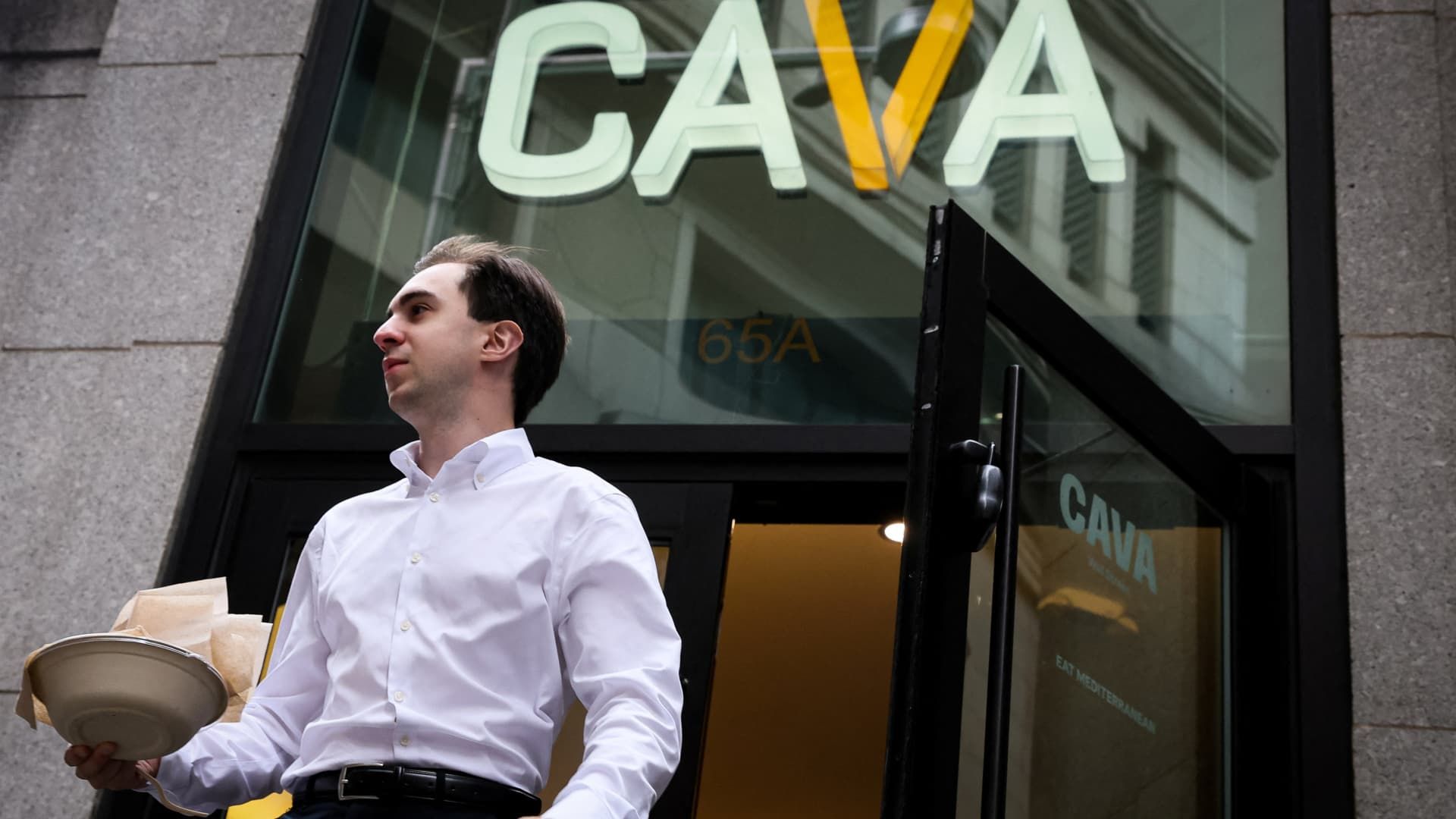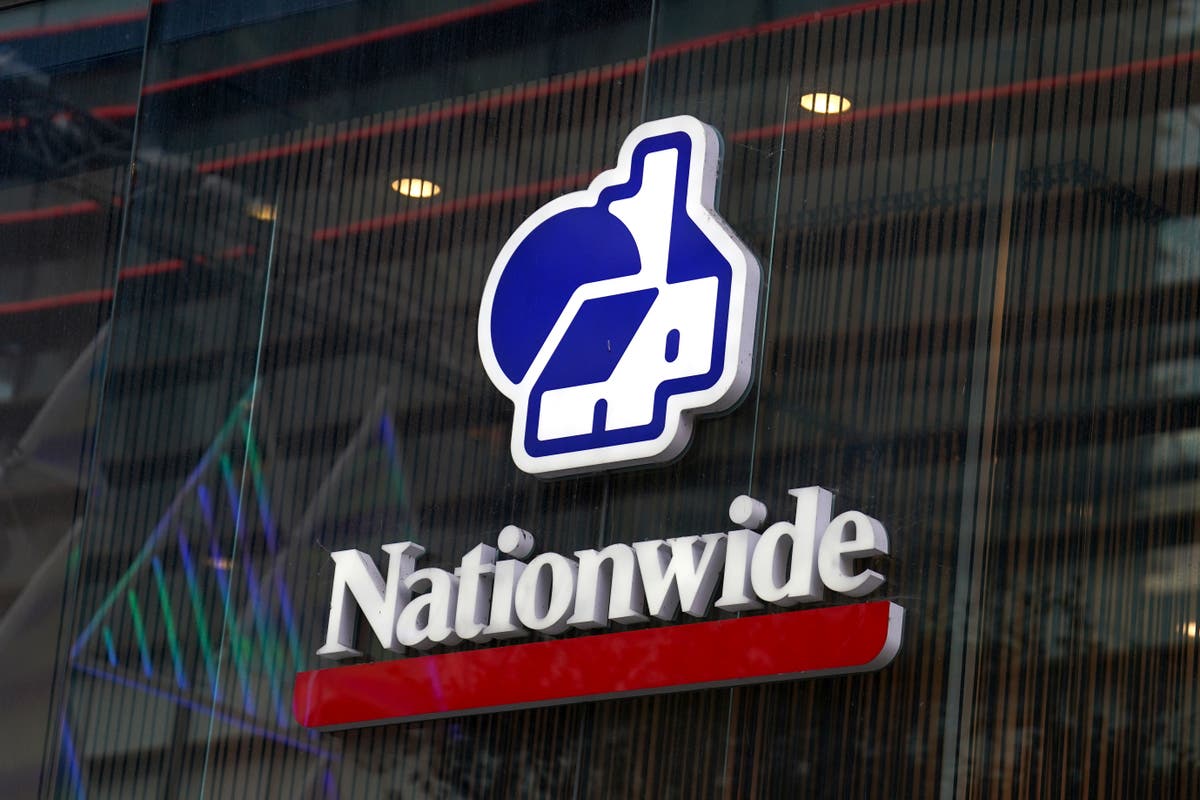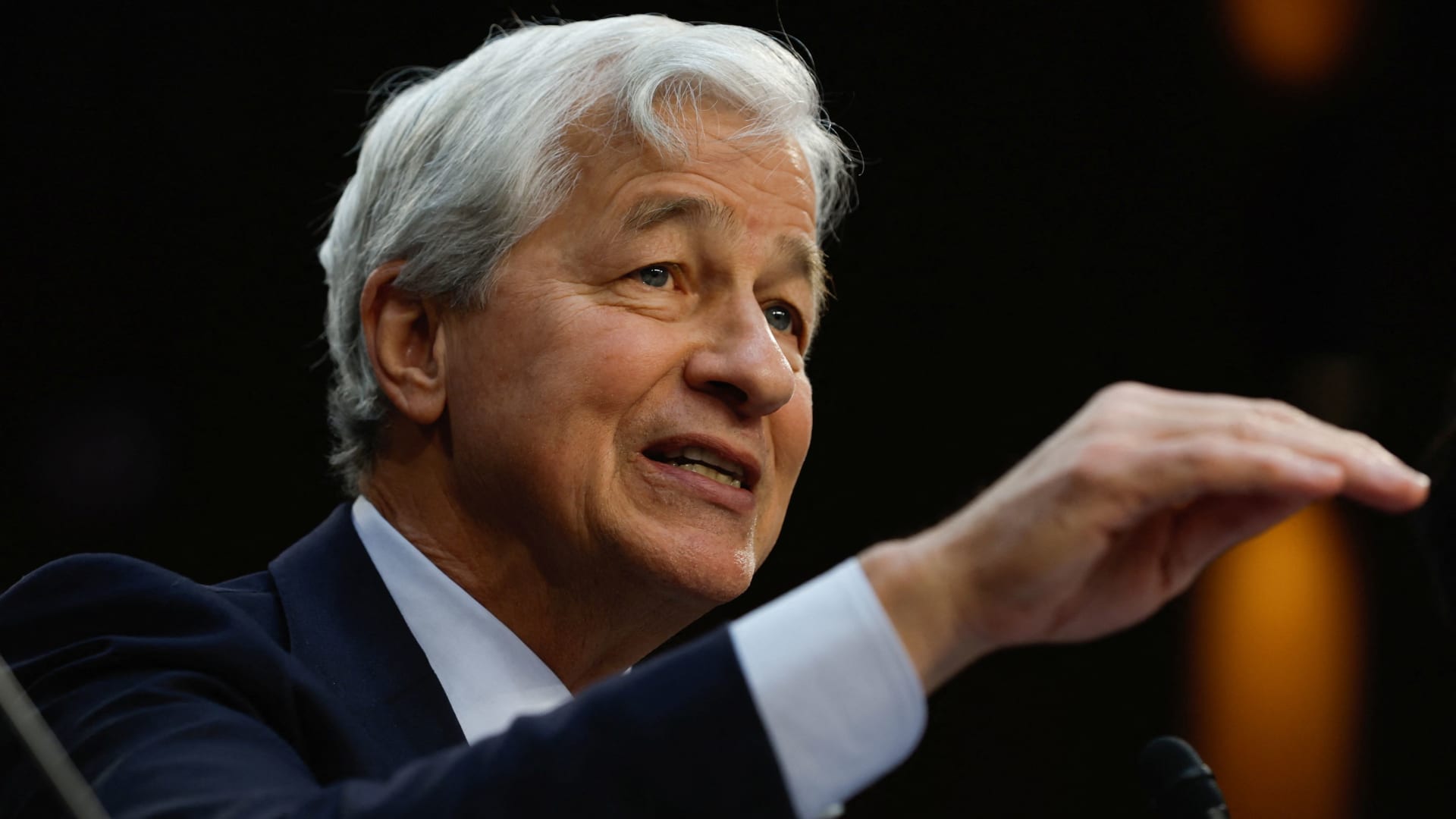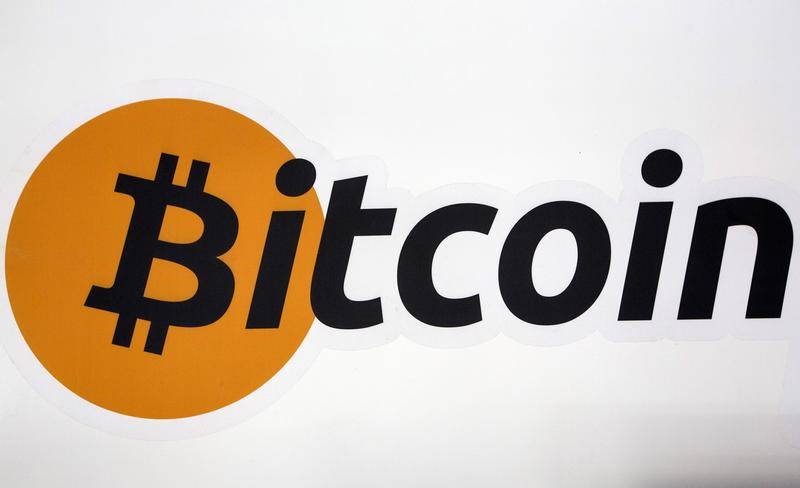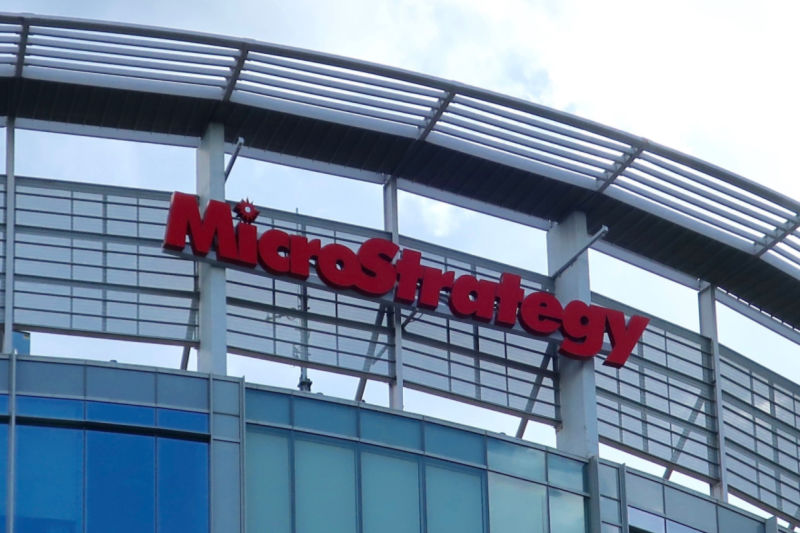A client leaves a Cava restaurant in New York City on June 22, 2023.
Brendan McDermid | Reuters
As some consumers withdraw the expense in the midst of economic uncertainty, casual rapid restaurant chains rely on rewards programs to withdraw them.
Fidelization programs, which offer discounts or added advantages for customers who return, have made a transition to be a good bonus for restaurants to an essential visit. As cautious diners prioritize value, brands such as Chipotle, Starbucks, Digging And others are using rewards to keep customers returning and building habits that go beyond the occasional coupon.
“In difficult times, loyalty programs become more essential,” said Peter Fader, a marketing professor at the Wharton school at the University of Pennsylvania. “They become an ingredient required to build and maintain relationships.”
In the 12 months ending in May, the restaurant industry only saw the monthly traffic increase once, in November, according to Black Box Intelligence Data. As the diners visit the restaurants less frequently, sales fight. Only 43% of restaurant brands tracked by Black Box reported sales in the same store in May.
Consumers that bind to loyalty programs visit restaurants more frequently, which makes 22% more visits per year to restaurants, according to Circrana data. They also frequent the brands to which they belong to twice the rate of non -members, according to the market research firm.
Coffee giant Starbucks He reported 34.2 million active members of rewards in his second quarter and said that more than 59% of his transactions owned by the US company come from these members. Belly It has had a similar success: in the first quarter of 2025, more than 42% of its total stores of digital business stores, which includes users of the loyalty program.
Chipotle It has more than 20 million active rewards members. Its loyalty program constitutes approximately 30% of sales on average every day and helped the chain of burritos to avoid large price increases, according to the company.
“We have a really strong brand loyalty among our members,” Nicole West, vice president of Chipotle digital experiences, told CNBC. “We are really focused on committing to our members and doing it in a way that really resonates with them.”
Driving loyalty is critical for the tastes of Chipotle and Starbucks. In the first quarter, Chipotle recorded a decrease in sales in the same store for the first time since 2020 and said he saw a “deceleration” in consumer spending. Meanwhile, sales of the same Starbucks store have fallen for five consecutive quarters.
Cava is overcoming industry trends with strong sales growth, but faces Wall Street pressure to maintain its rapid expansion.
Be creative
As the rewards programs collect Steam, more brands are becoming creative and are moving beyond value food.
Cava renewed its rewards program in October 2024 to give customers more flexibility in how they win and use points. Members can earn points on each visit and redeem them for specific items such as pita chips or complete dishes. The program also includes limited time offers and application challenges. At the end of March, the company celebrated the National Day of Pita by implementing a pet called “Peter Chip” and offering the chips of courtesy pita.
“Guests like to see periodic surprises and delegated moments in which we can reward them with pita chips or other brand offers,” said Andrew Rebhun, Marketing director of Cava, said
The Cava Rewards program now has more than 7 million members. A new staggered system is expected to throw it out soon, according to Rebhun.
Customers ask for food at a Chipotle Mexican Grill restaurant on April 26, 2023 in Austin, Texas.
Brandon Bell | Getty Images News | Getty images
Chipotle launched this year a seasonal campaign called “Summer of Extras”. The campaign is giving more than $ 1 million in free burritos, encouraging customers to accumulate visits and compete to become Chipotle's best visitor in their state.
“We continue to see activations in this program construction and emotion and positive reaction in the social networks of our fans,” West said. “We simply continue to focus on giving them value through programs where customers have” more “opportunities or obtain specific offers by displaying specific behaviors.”
Salad chain Sweetgreen This spring also resettled its loyalty program, moving away from its stepped subscription program that many consumers found confusing.
“In an environment of the challenging industry where consumers are making more intentional decisions with each dollar, SG Rewards is designed to fulfill the time delivering a significant value,” said Sweetgreen co -founder and CEO, Jonathan Neman, about the company's quarterly telephone conference in May.
Even Starbucks, a leader established in rewards programs, has made changes. In June, the coffee chain finished its 25 -star reusable cup bonus and replaced it with double stars in the complete purchase. While the change was controversial among the loyal ones, who claimed that the income potential was reduced, the coffee chain said the participation has remained stable.
Of course, giving free rewards comes with compensation. Promotions reduce profits in an industry that faces adjusted margins in the best moments. Restaurant chains expect these gifts to generate long -term loyalty and expenses in full -price items.
Long -term victories
Brands that navigate economic pressure are seeing that loyalty programs are helping to boost visits.
Potbelly renewed its loyalty system in early 2024, moving to a currency -based structure that allows customers to relect faster and more articles. Customers now have access to more than 14 menu elements through the rewards program. This flexibility has led to more frequent visits, said Potbelly Marketing director David Daniels.
“We saw an elevator almost immediately in terms of commitment,” Daniels said. “The answer has been incredibly positive.”
Chicago -style restaurant Portillo He joined the loyalty game in March with “Portillo's Perks”. Instead of using a traditional application, the program uses a digital wallet system and focuses on the frequency. It tracks how often a client visits and prize badges as they advance.
“It gives flexibility to change the way the program is implemented,” Garrett Kern, Vice President of Strategy and Culinary of Portillo, told CNBC. “It does not require a redesign and relaunching to an application. It was an excellent way for us to make the program out of a brand and easy to use.”
The company points from 1.5 million to 1.7 million records in mid -summer.
– Amelia Lucas and Jacob Pramuk of CNBC contributed to this report.

